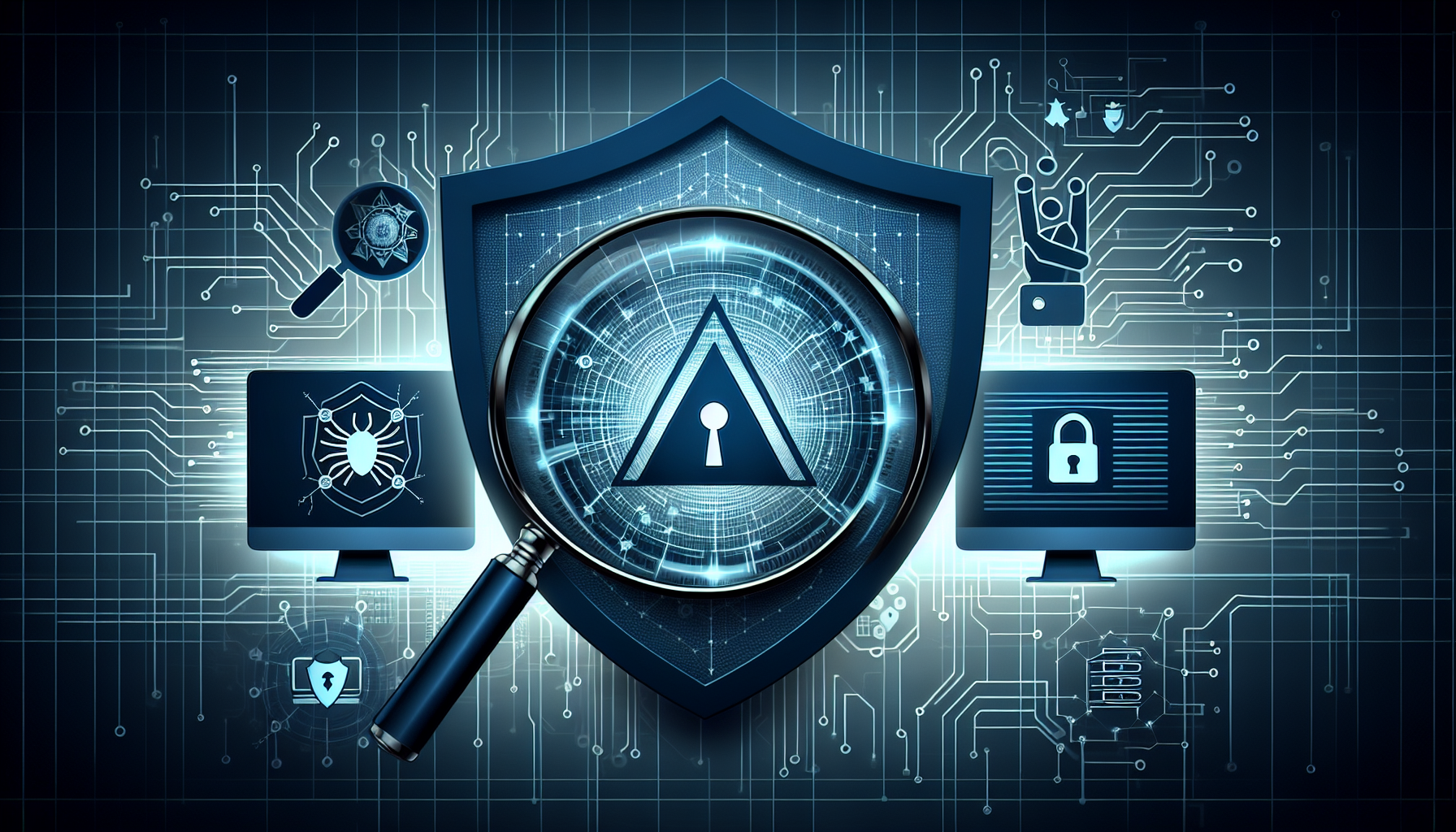Insider Threats: Identifying and Mitigating Risks Within
Understanding Insider Threats
Insider threats represent a significant risk to organizations, often more so than external attacks. These threats can be malicious or accidental and involve current or former employees, contractors, or business partners with access to the organization’s network, systems, or data. According to research, insider data leaks are likely to involve five times more files and records than breaches by external actors. This highlights the importance of developing an effective insider threat mitigation program.
Identifying IT Resources and Data Assets
A robust insider threat mitigation strategy begins with identifying and inventorying all IT resources. This step is crucial, especially for organizations with hybrid or multi-cloud infrastructures. Understanding where sensitive and critical data is stored and processed is fundamental to managing insider threats. Once identified, data assets should be categorized based on their sensitivity and the level of protection they require. This categorization ensures that critical information receives appropriate security measures, such as special handling protocols and restricted access to privileged accounts.
Implementing Access Controls and Monitoring
Effective access control is a cornerstone of mitigating insider threats. Implement role-based access controls (RBAC) to ensure that employees only have access to the data necessary for their job functions. Additionally, implement multi-factor authentication (MFA) to add an extra layer of security. Continuous monitoring of user activities can help detect unusual behavior that may indicate a potential insider threat. Automated tools can analyze patterns and alert security teams to any anomalies that require further investigation.
Conducting Regular Security Assessments
Regular security assessments are essential for identifying vulnerabilities that could be exploited by insiders. Penetration testing, for instance, simulates insider attacks to uncover weaknesses in your systems. These tests can help you understand how an insider might gain unauthorized access and what damage they could potentially cause. By identifying these vulnerabilities, you can take proactive measures to strengthen your defenses. Cybermack offers comprehensive security assessments to help organizations in highly regulated industries stay compliant and reduce risks.
Educating and Training Employees
Employee education and training are critical components of an insider threat mitigation program. Regular training sessions should cover the importance of data security, recognizing potential insider threats, and understanding the consequences of data breaches. Encourage a culture of security awareness where employees feel responsible for protecting sensitive information. Cybermack can assist in developing training programs tailored to your organization’s needs, ensuring that your staff is well-informed and vigilant.
Incident Response and Mitigation
Despite best efforts, insider threats can still occur. Therefore, having a well-defined incident response plan is essential. This plan should outline the steps to take in the event of an insider threat, including identifying the threat, containing the damage, and recovering affected systems. Regularly review and update your incident response plan to ensure it remains effective. Cybermack’s managed security services include incident response support, helping organizations quickly and effectively address insider threats.







